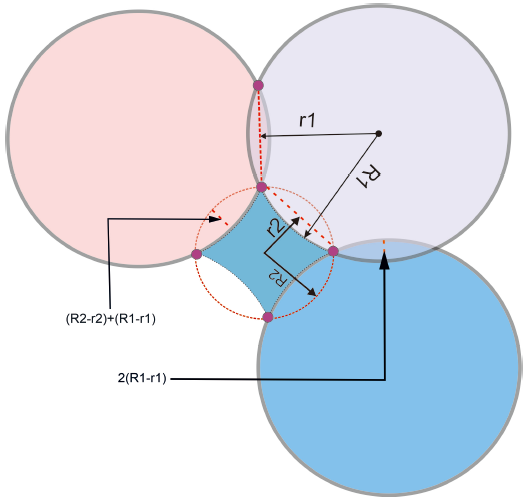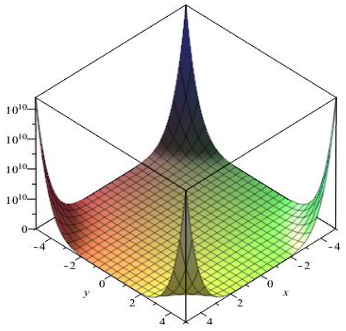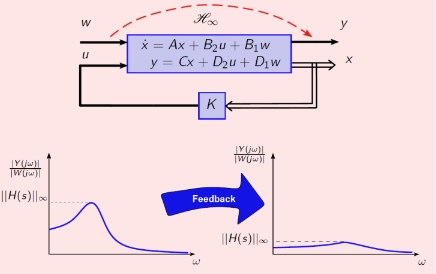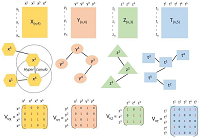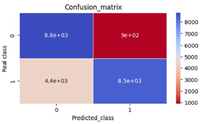Fractional optimal control strategies for mitigating cholera epidemics: A mathematical modeling approach
Abstract
The SIQRB model is employed in this research to propose a Caputo-based fractional derivative optimal control model for the mitigation of cholera epidemics. Significant properties of the model, such as the non-negativity and boundedness of the solution, are verified. The basic reproduction number, , is calculated using the spectral radius of the next-generation matrix. The stability analysis demonstrates that the disease-free equilibrium is locally asymptotically stable when , while the endemic equilibrium is stable when . Numerical simulations are conducted using Euler’s method to demonstrate the importance of the control function. These MATLAB-based simulations illustrate the impact of fractional-order derivatives on cholera transmission dynamics and confirm the analytical results. The efficacy of fractional optimal control approaches in mitigating cholera epidemics is demonstrated.
References
[1]Shuai Z, Tien JH, van den Driessche P. Cholera models with hyperinfectivity and temporary immunity. Bull. Math. Biol. 2012; 74: 2423–2445.
[2]Penrose K, Castro MCD, Werema J, Ryan ET. Informal urban settlements and cholera risk in Dar es Salaam, Tanzania. PLoS Neglected Tropical Diseases. 2010; 4(3): e631.
[3]Capasso V, Paveri-Fontana SL. A mathematical model for the 1973 cholera epidemic in the European Mediterranean region. Rev. Epidemiol. Sante Publique. 1979; 27(2): 121–132.
[4]Codeço CT. Endemic and epidemic dynamics of cholera: The role of the aquatic reservoir. BMC Infectious Diseases. 2001; 1: 1–14.
[5]Hartley DM, Morris Jr JG, Smith DL. Hyperinfectivity: A critical element in the ability of V. cholerae to cause epidemics? PLoS Medicine. 2006; 3(1): e7.
[6]Mukandavire Z, Liao S, Wang J, et al. Estimating the reproductive numbers for the 2008–2009 cholera outbreaks in Zimbabwe. Proc. Natl. Acad. Sci. U. S. A. 2011; 108(21): 8767–8772.
[7]Chen X, Sheng J, Wang X, Deng J. Exploring determinants of attraction and helpfulness of online product review: A consumer behaviour perspective. Discrete RMS: Research In Mathematics & Statistics 11 Dynamics in Nature and Society. 2016; 1–19.
[8]Purnawan H, Faroh RA, Wahyudi MH, Cahyaningtias S. Optimal control with treatment and water sanitation for cholera epidemic model. EKSAKTA: Berkala Ilmiah Bidang MIPA. 2023; 23(03): 373–381.
[9]Nisar, Kottakkaran Sooppy, Muhammad Farman, Mahmoud Abdel-Aty, and Jinde Cao. A review on epidemic models in sight of fractional calculus. Alexandria Engineering Journal. 2023; 75(2023): 81-113.
[10]Cui X, Xue D, Pan F. A fractional SVIR-B epidemic model for Cholera with imperfect vaccination and saturated treatment. The European Physical Journal Plus. 2022; 137(12): 1361.
[11]Allen L. An introduction to mathematical biology. Pearson; 2007.
[12]Baba IA, Humphries UW, Rihan FA. A Well-Posed Fractional Order Cholera Model with Saturated Incidence Rate. Entropy. 2023; 25(2): 360.
[13]Lemos-Paiao AP, Silva CJ, Torres DF. An epidemic model for cholera with optimal control treatment. Journal of Computational and Applied Mathematics. 2017; 318: 168–180.
[14]Adom-Konadu A, Sackitey AL, Anokye M. Local Stability Analysis of epidemic models using a Corollary of Gershgorin’s Circle Theorem. Research Square. 2022.
[15]Khan MA, Islam S, Arif M, ul Haq Z. Transmission model of hepatitis B virus with the migration effect. BioMed Research International. 2013; 1: 150681.
[16]Sweilam NH, AL-Mekhlafi SM, Baleanu D. Optimal control for a fractional tuberculosis infection model including the impact of diabetes and resistant strains. Journal of Advanced Research. 2019; 17: 125–137.
[17]Index Mundi. Available online: http://www.indexmundi.com/g/g.aspx?c=ha&v=25 (accessed 25 December 2024).
[18]Index Mundi. Available online: http://www.indexmundi.com/g/g.aspx?c=ha&v=26 (accessed 25 December 2024).
[19]Capone F, De Cataldis V, De Luca R. Influence of diffusion on the stability of equilibria in a reaction–diffusion system modeling cholera dynamic. Journal of Mathematical Biology. 2015; 71: 1107–1131.
[20]Sanches RP, Ferreira CP, Kraenkel RA. The role of immunity and seasonality in cholera epidemics. Bulletin of Mathematical Biology. 2011; 73: 2916–2931.
[21]Neilan RLM, Schaefer E, Gaff H. Modeling optimal intervention strategies for cholera. Bulletin of Mathematical Biology. 2010; 72: 2004–2018.
[22]Mwasa A, Tchuenche JM. Mathematical analysis of a cholera model with public health interventions. Biosystems. 2011; 105(3): 190–200.
[23]World Health Organization. Global Task Force on Cholera Control, Cholera Country Profile: Haiti. Available online: https://geoconfluences.ens-lyon.fr/doc/transv/sante/popup/HaitiCountryProfileMay2011.pdf (accessed 25 December 2024).
Copyright (c) 2025 Author(s)

This work is licensed under a Creative Commons Attribution 4.0 International License.





